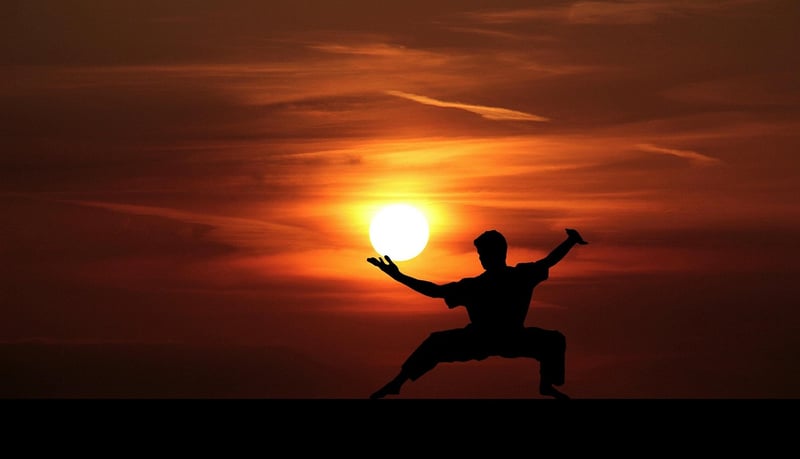Wu/Hao Style
The Essence of Wu/Hao Style in Chinese Martial Arts
Chinese martial arts have a rich history and diverse styles that have captivated practitioners and spectators alike for centuries. Among the various styles, the Wu/Hao style stands out for its unique characteristics and principles that set it apart from other forms of martial arts.
Origin and History
The Wu/Hao style, also known as Wu-Style Tai Chi Chuan, is a traditional form of Chinese martial art that originated in the 19th century. It was created by Wu Yuxiang, a renowned martial artist who synthesized his knowledge of various martial arts into a cohesive and effective style.
Key Principles
One of the distinctive features of the Wu/Hao style is its emphasis on internal power, relaxation, and precise movements. Practitioners focus on cultivating Qi (energy) through slow, deliberate movements that promote balance, coordination, and flexibility.
Training Techniques
Training in the Wu/Hao style involves practicing a series of forms or routines that combine martial techniques with meditative elements. These forms are designed to enhance strength, agility, and mental focus while promoting overall well-being.
Benefits
Practicing the Wu/Hao style offers numerous benefits, including improved physical fitness, stress relief, enhanced concentration, and self-defense skills. It is suitable for individuals of all ages and fitness levels, making it a popular choice for those seeking a holistic approach to health and wellness.
Conclusion
The Wu/Hao style of Chinese martial arts exemplifies the harmonious blend of physical, mental, and spiritual elements, making it a profound and rewarding practice for those who embrace its principles. Whether you are a seasoned martial artist or a novice seeking a path to self-improvement, exploring the essence of Wu/Hao style can be a transformative journey.

Explore the beauty and grace of Wu/Hao style Tai Chi Chuan with dedicated practice and unwavering commitment to its timeless principles.
